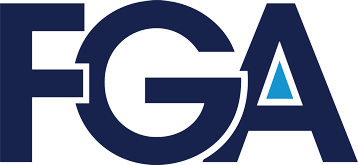As Congress and the Trump administration move forward with plans to repeal and replace the Affordable Care Act (ACA), they are looking for proven state-led reforms that maintain access for those with pre-existing conditions in the current exchange market while also lowering premiums for everyone buying insurance in the individual market.
Maine faced similar challenges in 2011 as it sought to unwind failed experiments that pushed its market into a long-term death spiral. But by creating an invisible high-risk pool and relaxing its premium rating bands, Maine policymakers were able to cut premiums in half while still guaranteeing those with pre-existing conditions access to plans.
As a result of these changes, individuals in their early 20s were able to see premium savings of nearly $5,000 per year, while individuals in their 60s saw savings of more than $7,000. As premiums dropped, more young and healthy applicants entered the market, total enrollment increased for the primary insurer in the market, and the individual market’s multi-year death spiral was finally reversed.

Invisible High-Risk Pools: How Congress Can Lower Premiums And Deal With Pre-Existing Conditions
As Congress and the Trump administration move forward with plans to repeal and replace the Affordable Care Act (ACA), they are looking for proven state-led reforms that maintain access for those with pre-existing conditions in the current exchange market while also lowering premiums for everyone buying insurance in the individual market.
Maine faced similar challenges in 2011 as it sought to unwind failed experiments that pushed its market into a long-term death spiral. But by creating an invisible high-risk pool and relaxing its premium rating bands, Maine policymakers were able to cut premiums in half while still guaranteeing those with pre-existing conditions access to plans.
As a result of these changes, individuals in their early 20s were able to see premium savings of nearly $5,000 per year, while individuals in their 60s saw savings of more than $7,000. As premiums dropped, more young and healthy applicants entered the market, total enrollment increased for the primary insurer in the market, and the individual market’s multi-year death spiral was finally reversed.